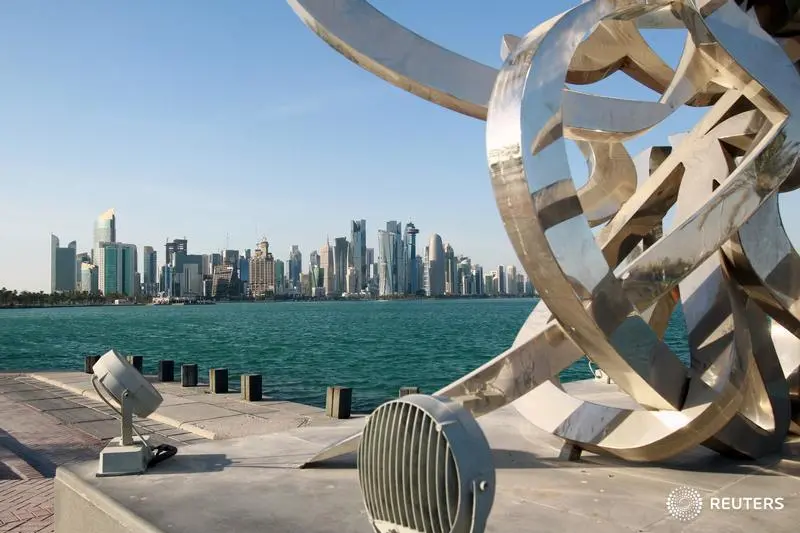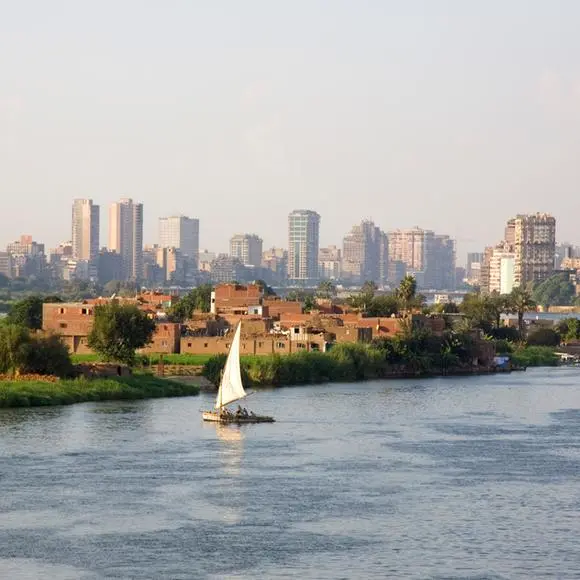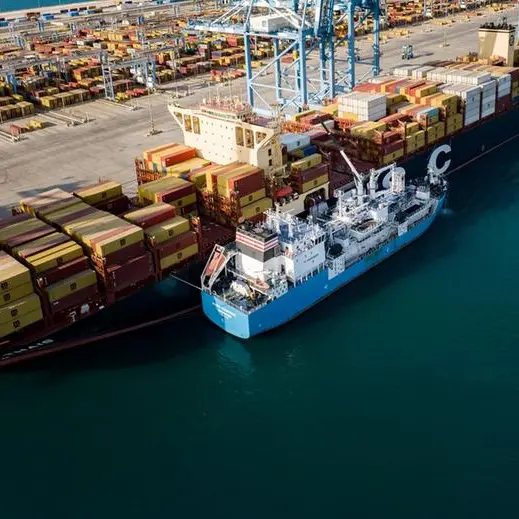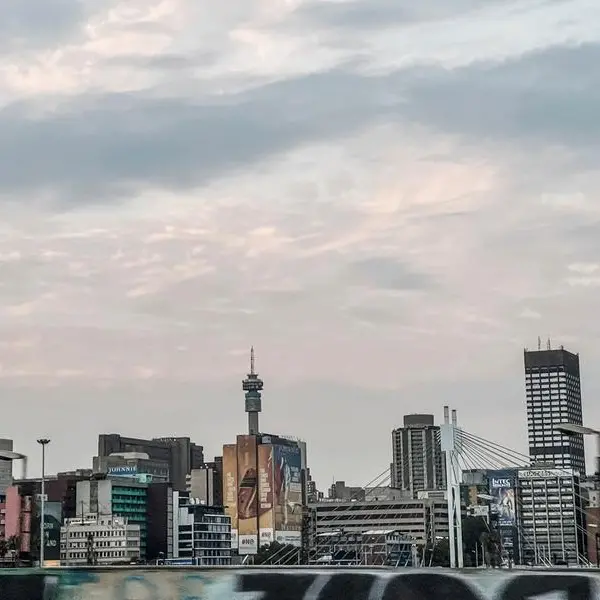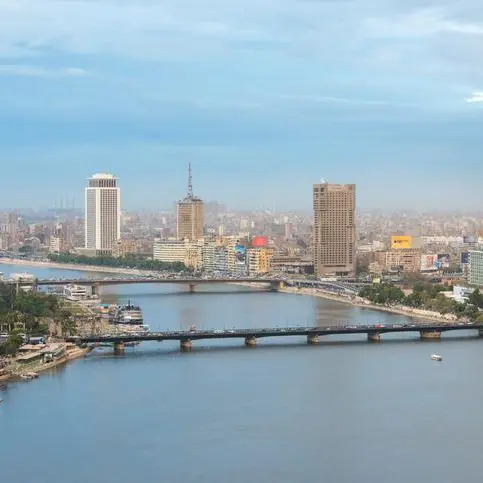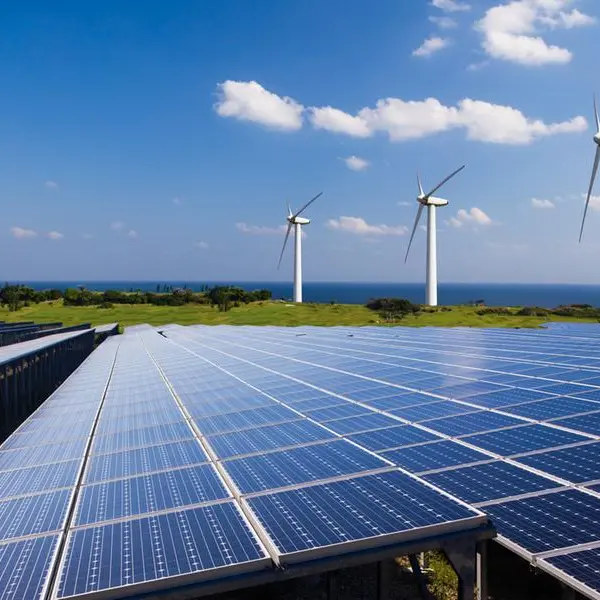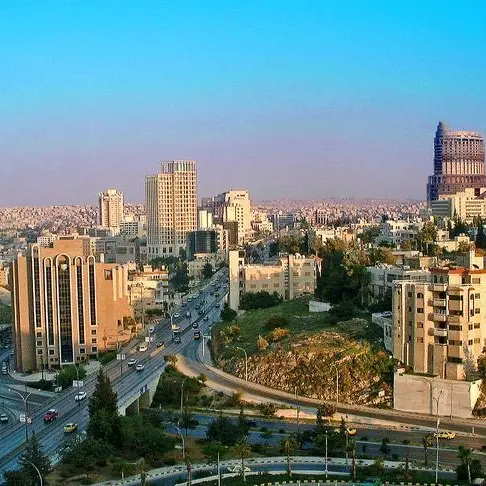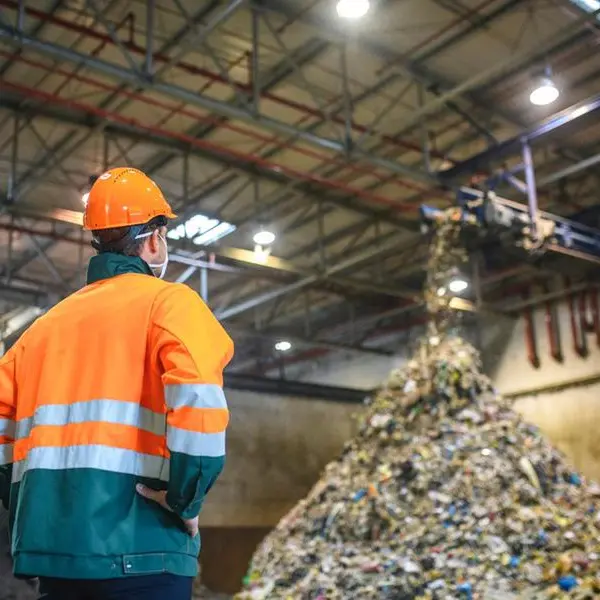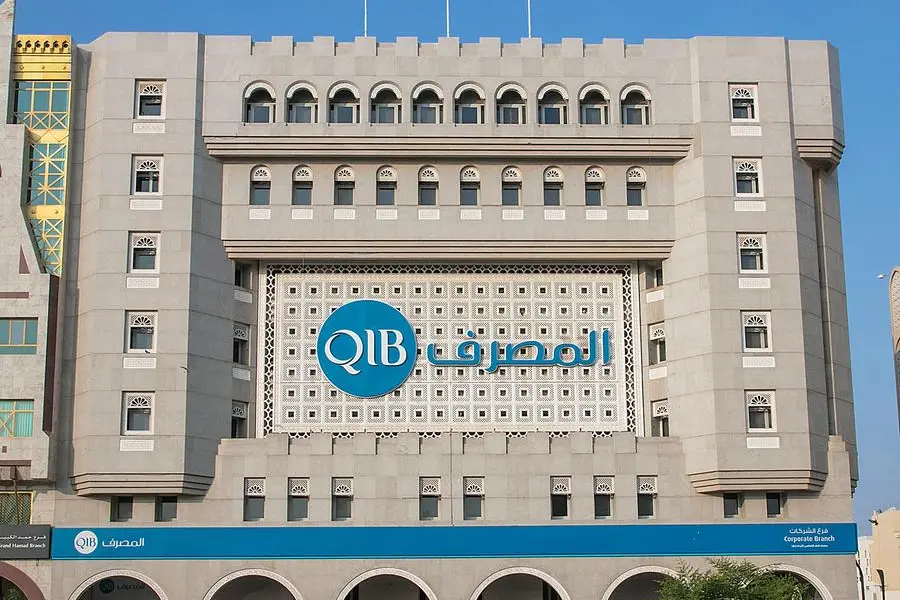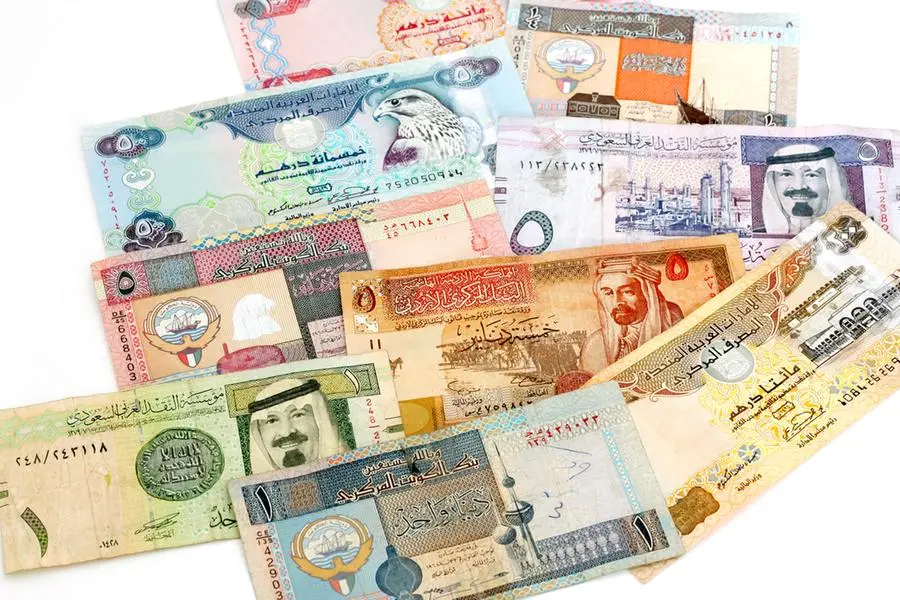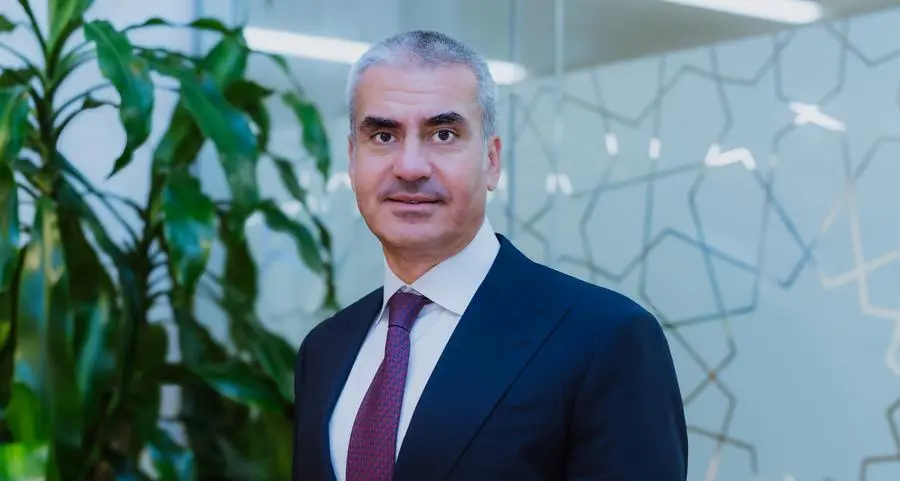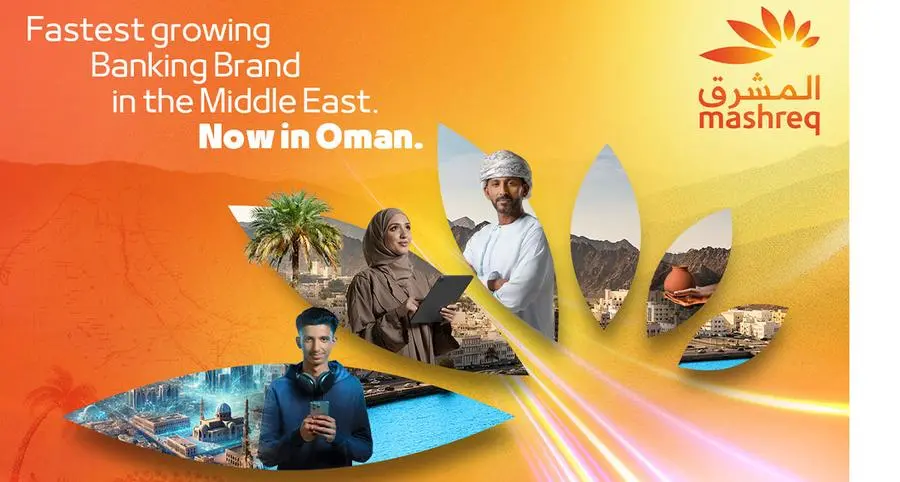PHOTO
Buildings are seen from across the water in Doha, Qatar June 5, 2017. REUTERS/ Stringer. Image used as illustration.
Doha, Qatar: To ensure biodiversity to protect the environment and address climate change, the Ministry of Environment and Climate Change (MECC) has said that it is implementing a programme for the conservation and propagation of endangered species to protect wildlife.
As many as 2,970 heads of nine endangered species of wildlife have been preserved, including the Arabian Oryx, sand gazelle, tortoise, and ostrich.
Qatar is making great efforts to protect endangered species, including the establishment and expansion of nature reserves.
These reserves enjoy their biodiversity, rare animals, and plants, in addition to coral reefs full of unique marine creatures. The expansion of nature reserves has contributed to achieving great success in preserving endangered species.
Qatar is home to 11 nature reserves, representing about 29% of the country’s total area. Land reserves represent about 27% of the country’s land areas, while marine reserves represent about 2% of the country’s marine and coastal areas.
Al Reem Reserve was recognised as a human and biosphere reserve by Unesco in 2007, where the reserve was included in the World Network of Biosphere Reserves as the first reserve of its kind.
The Ministry of Environment and Climate Change continues its efforts to support private project owners in captive breeding of the Houbara bustard, to enhance the conservation of endangered species.
Rawdat Al Faras Centre for the Breeding of the Endangered Houbara Bustard seeks to increase the number of projects for the production and breeding of the Houbara Bustard in Qatar.
The Center provides tremendous support and services, including technical and advisory services, and organising training and educational courses aimed at enhancing knowledge of its production and breeding methods.
The ministry provides an integrated package of incentives and initiatives to citizens wishing to establish private projects to produce and breed the Houbara bustard.
The services include providing unified proposals, models, and designs for building and establishing breeding projects for this bird.
This is in addition to providing advisory services, feed, therapeutic and preventive materials, and birds for production, under the supervision of experts specialising in this field.
The Ministry of Environment and Climate Change completed, in October last year, the first phase of the country’s coral reef protection and restoration programme, through a survey and study of 17 sites in Qatari territorial waters. The survey revealed the presence of two types of soft coral for the first time in Qatar, in addition to 40 types of hard coral, and 5 other types of soft coral.
The Coral Reef Protection and Restoration Program comes within the State’s efforts to implement the Third National Development Strategy 2024-2030 and the National Biodiversity Plan in line with Qatar National Vision 2030.
© Dar Al Sharq Press, Printing and Distribution. All Rights Reserved. Provided by SyndiGate Media Inc. (Syndigate.info).
